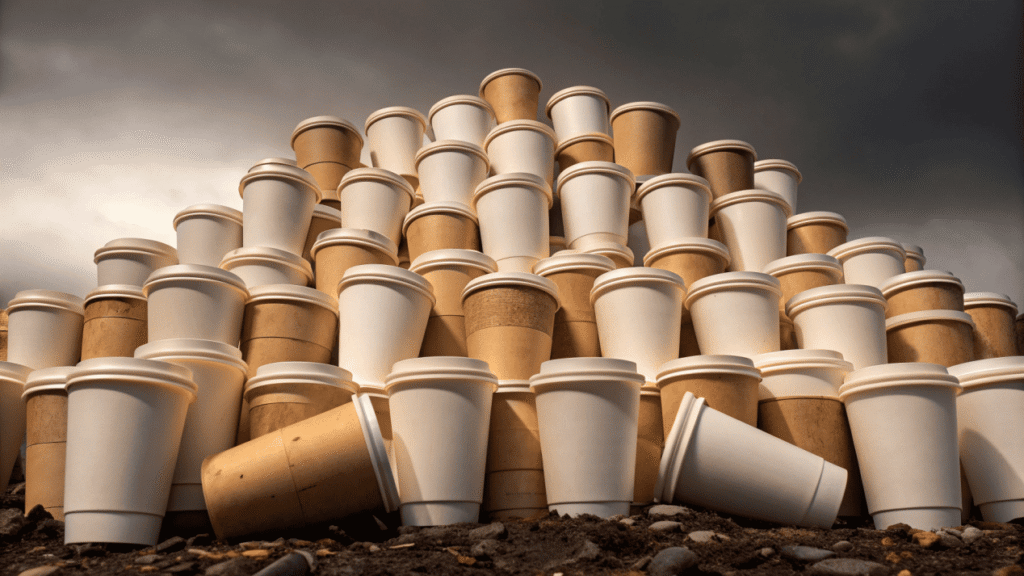You choose a paper cup to be eco-friendly. But its hidden plastic lining means it's destined for a landfill, creating a massive global waste problem you unknowingly support.
Most paper cups are unsustainable because they are lined with plastic (PE or PLA). This plastic cannot be separated at standard recycling plants, so the cups contaminate the stream and are sent to landfill.
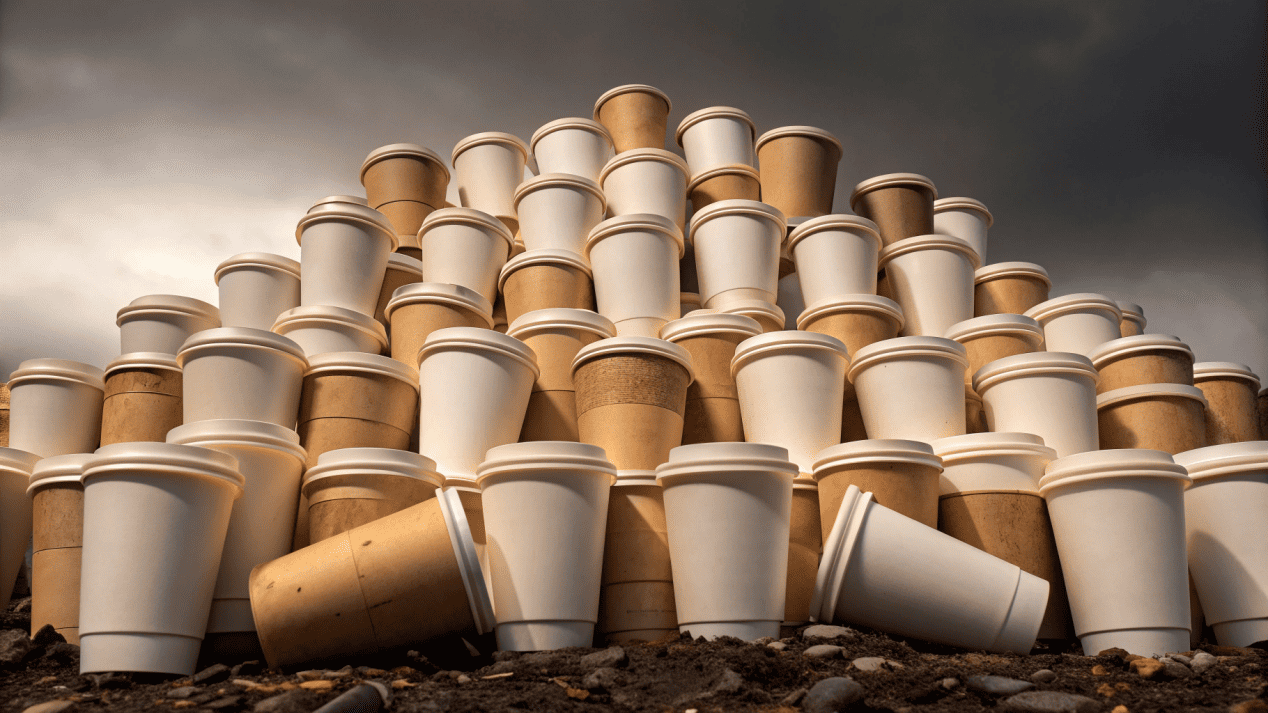
I see it every day. Someone finishes their coffee, carefully reads the bins, and puts their paper cup into 'Paper Recycling.' They walk away feeling good. As a packaging engineer for over 21 years, it pains me to know their good intention was wasted. That cup is not going to be recycled. It's a contaminant, a one-way ticket to the landfill. This is the biggest deception in the packaging world, and it's time to pull back the curtain and show why this happens. It's not about bad intentions; it's about a fundamentally flawed design that we've all been led to accept.
What's the Hidden Barrier Inside a Paper Cup?
A paper cup needs to be waterproof. But this is achieved with a hidden layer that turns the cup from a simple paper product into a complex problem.
The hidden barrier is a plastic coating, usually Polyethylene (PE) or Polylactic Acid (PLA). This lining is fused to the paper to make it waterproof, but it's the main reason the cup is unsustainable.
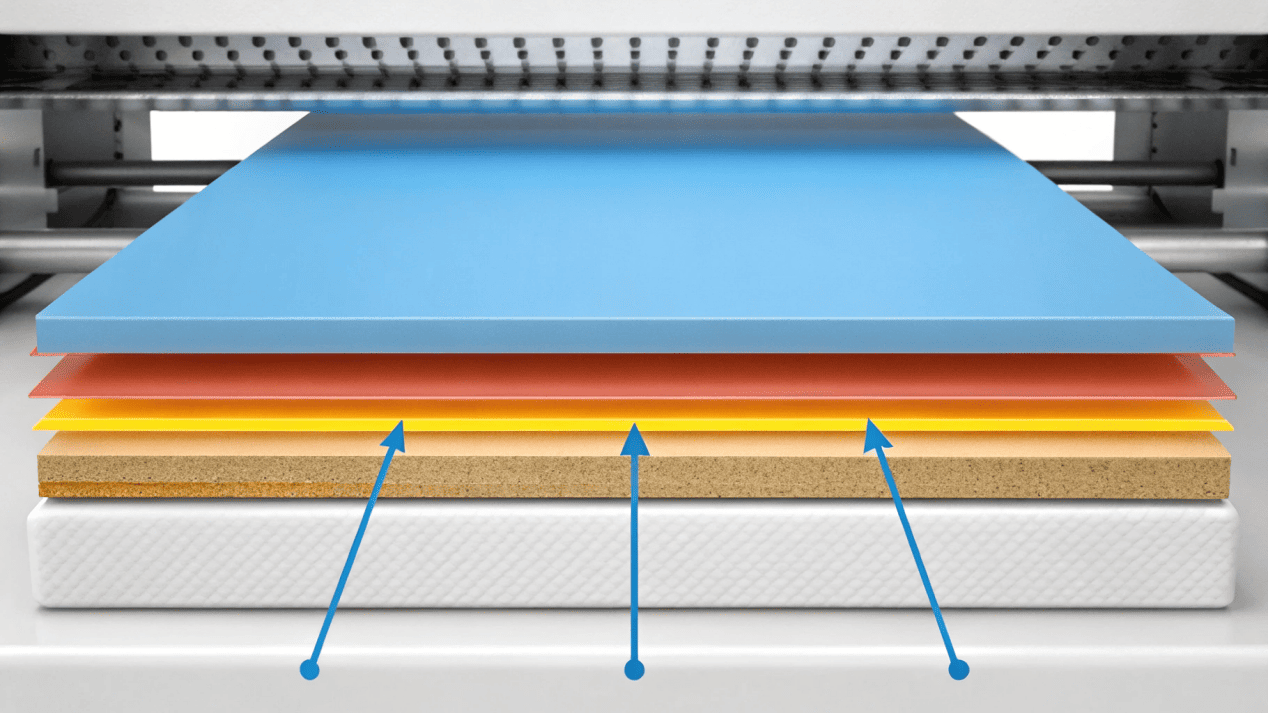
A cup made of only paper would turn into a soggy mess almost instantly. To prevent this, manufacturers must line the inside with a waterproof barrier. This invisible layer is the root of the entire sustainability problem. For decades, the industry standard has been PE, or Polyethylene. This is a plastic made from fossil fuels. So, that "paper" cup is essentially a thin plastic cup with a paper exterior.
More recently, a popular "eco" alternative emerged: PLA, or Polylactic Acid. This is a bioplastic made from plant resources like corn. While the source is renewable, it is still a separate layer of plastic material that is fused tightly to the paperboard. In both cases, the final product is not "paper." It is a composite material, which means it is a mix of two different materials—paper and plastic—bonded together so tightly they are nearly impossible to separate. This is the critical design flaw.
Why Can't These Cups Be Recycled with Other Paper?
You toss your cup in the paper recycling bin, feeling good. But you've unknowingly contaminated the batch, meaning your cup will be sorted out and sent straight to a landfill.
Standard paper recycling facilities cannot separate the fused plastic lining from the paper fiber. These composite cups clog machinery and contaminate the pure paper stream, so they are sorted out and trashed.
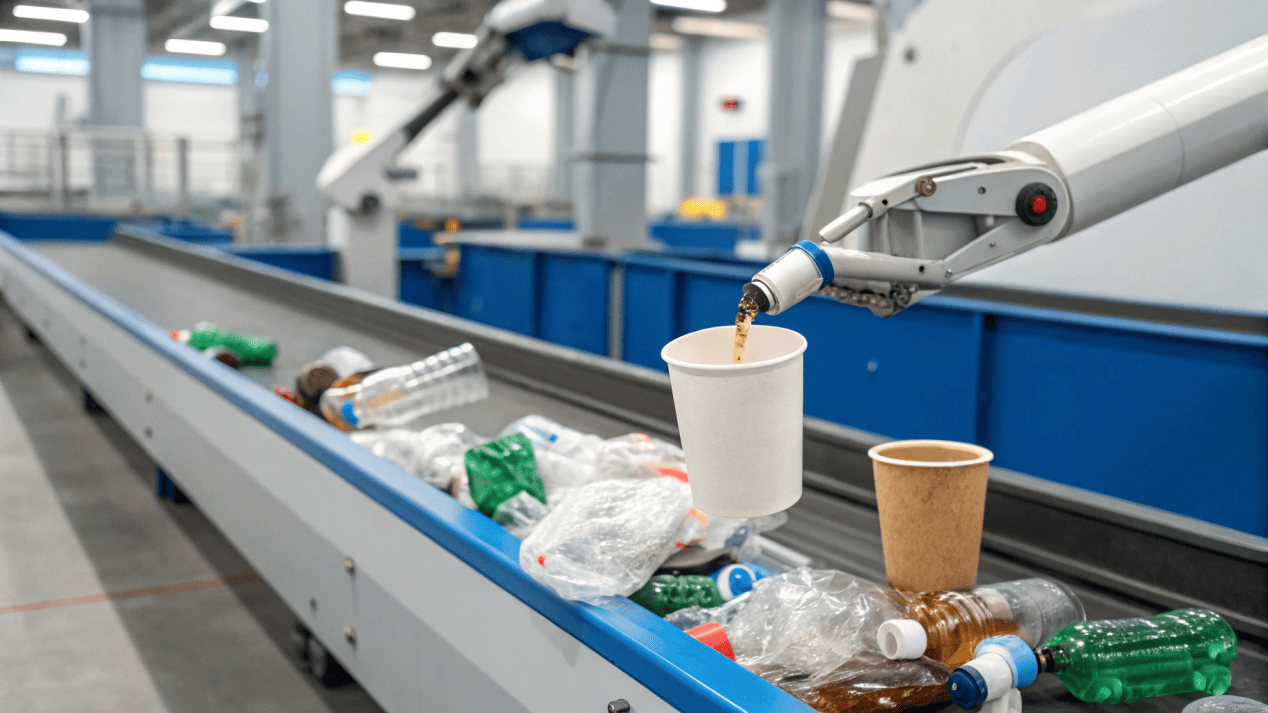
This is where the green illusion completely shatters. When you throw paper in a recycling bin, it goes to a facility called a "repulper." You can think of this as a giant blender filled with water. It churns the paper products until they break down into a slurry of individual paper fibers. These fibers are then cleaned and pressed into new paper. But when a PE or PLA-lined cup enters this process, the plastic lining does not break down. It just shreds into little pieces that contaminate the entire batch of paper slurry.
Because of this contamination problem, recycling facilities have systems designed to specifically identify and remove these cups before they even get to the repulper. They are treated as garbage. The result is that an estimated 99% of all paper cups are not recycled. They are a one-way ticket to the landfill or incinerator. The act of putting one in the recycling bin, while well-intentioned, is unfortunately pointless with this flawed design.
Isn't a "Compostable" PLA Cup a Good Solution?
You see a cup labeled 'compostable' and feel you've found the solution. But this 'eco-friendly' promise depends on rare facilities, making it an empty promise for most people.
No, not for the mass market. PLA cups only break down in industrial composting facilities, which are extremely rare. In a landfill or backyard compost, they either persist or release methane.
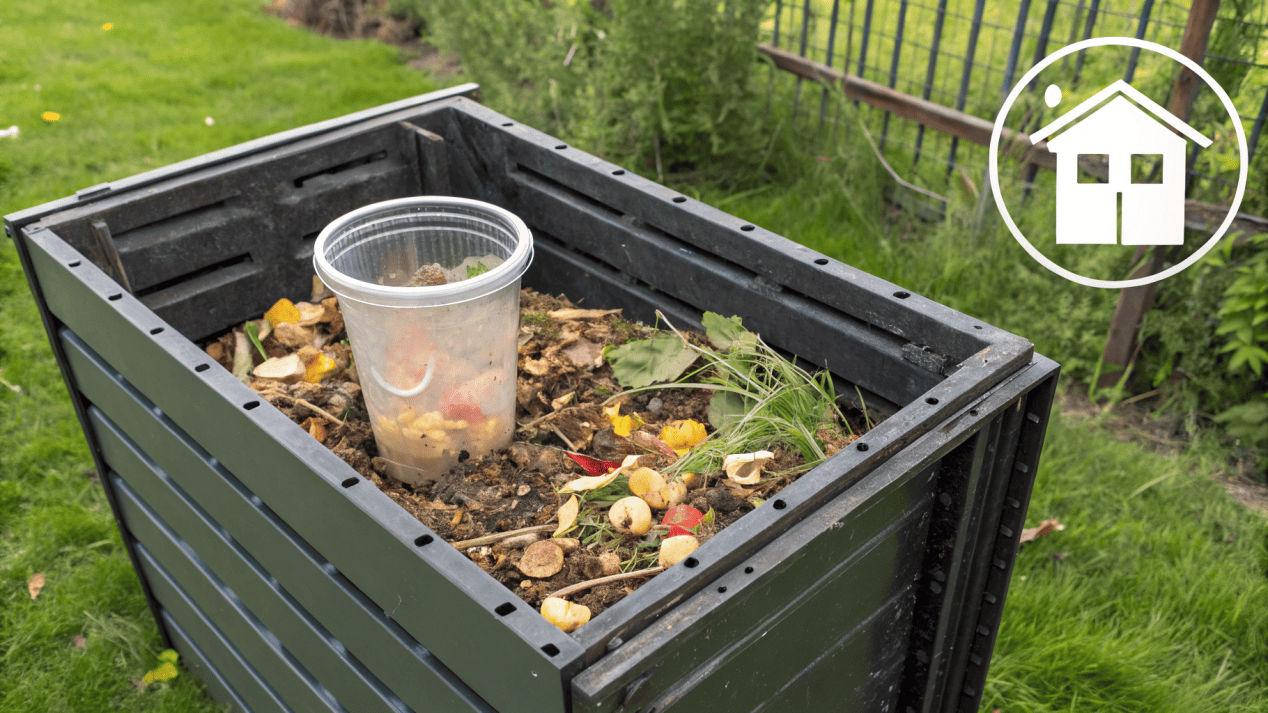
This is the next level of the deception, and it's one I discuss with my clients all the time. The switch to "compostable" PLA cups sounds like the perfect answer. In theory, it is. But in reality, it's a trap. A PLA cup will not break down in your backyard compost pile. It requires the high heat and specific microbial conditions of an industrial composting facility. I always ask my clients, "Where is the nearest industrial composter to your shop? And how will your customers get their used cups there?" The answer is almost always a confused silence.
These facilities are incredibly rare. For the overwhelming majority of consumers, there is no access to one. So what happens? If the PLA cup is thrown in the trash, it goes to a landfill, where it can release methane, a greenhouse gas far more potent than CO2. If it's mistakenly put in paper recycling, it is a contaminant, just like a PE cup. It's a solution that only works in a perfect world that doesn't exist for most of us.
How Big Is the Environmental Impact of All These Cups?
It's easy to think, 'It's just one cup.' But billions are used daily, creating a crisis of monumental scale from a product used for just a few minutes.
The impact is staggering. Hundreds of billions of non-recyclable cups are produced annually, leading to mass deforestation, resource depletion, and the creation of massive landfills filled with mountains of waste.
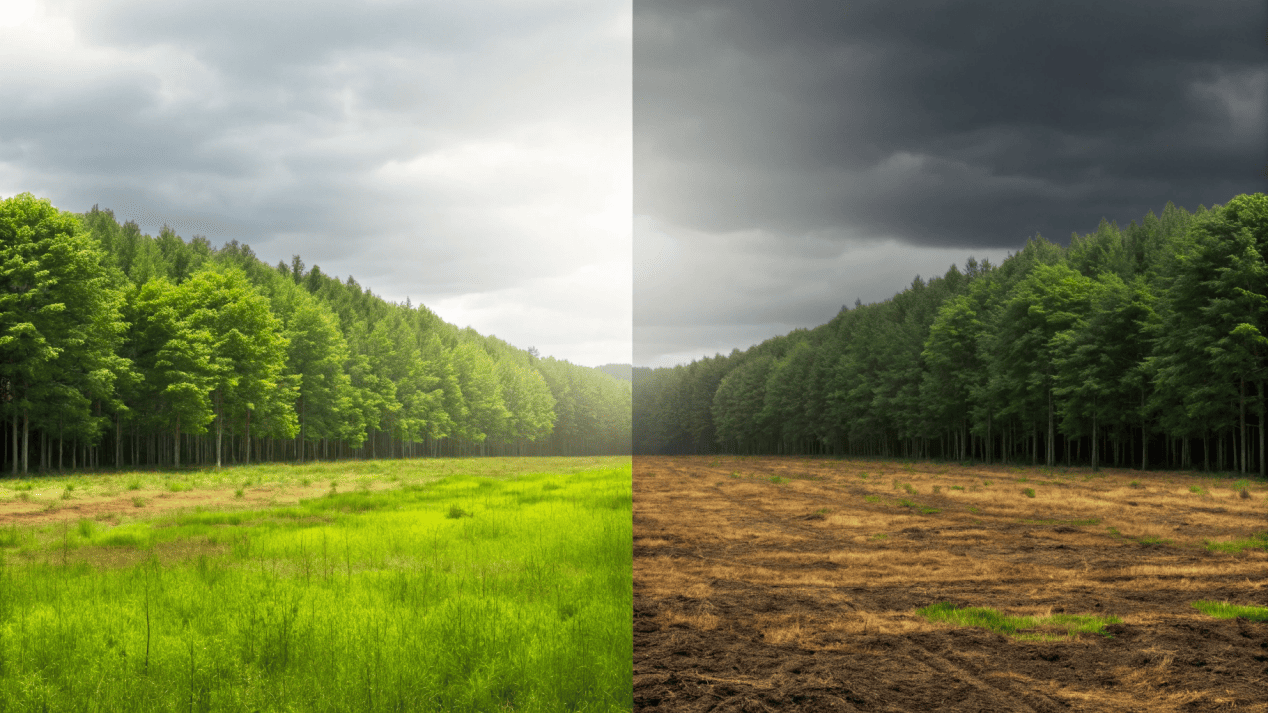
Now, let's scale up the problem. A single cup seems insignificant. But an estimated 600 billion of these cups are used worldwide every single year. Let's think about that from an engineering and resource perspective. To make these cups, millions of trees are cut down. Huge amounts of water and energy are consumed to turn those trees into paper, produce the plastic lining, and then fuse them together. All of this is for a product designed to be used for the 15 minutes it takes to drink a coffee.
After those 15 minutes, it becomes a piece of waste that will exist for generations. It is sent to a landfill where it takes up space, a mountain range of our daily convenience. It is a linear, one-way path from resource to trash. As an engineer who builds things to be efficient and useful, this is a catastrophic failure of design. We are using immense resources to create a disposable product that is, in reality, not disposable at all.
Conclusion
Most paper cups are unsustainable due to their hidden plastic lining. This design flaw makes them unrecyclable, turning a daily convenience into a massive global waste problem.
